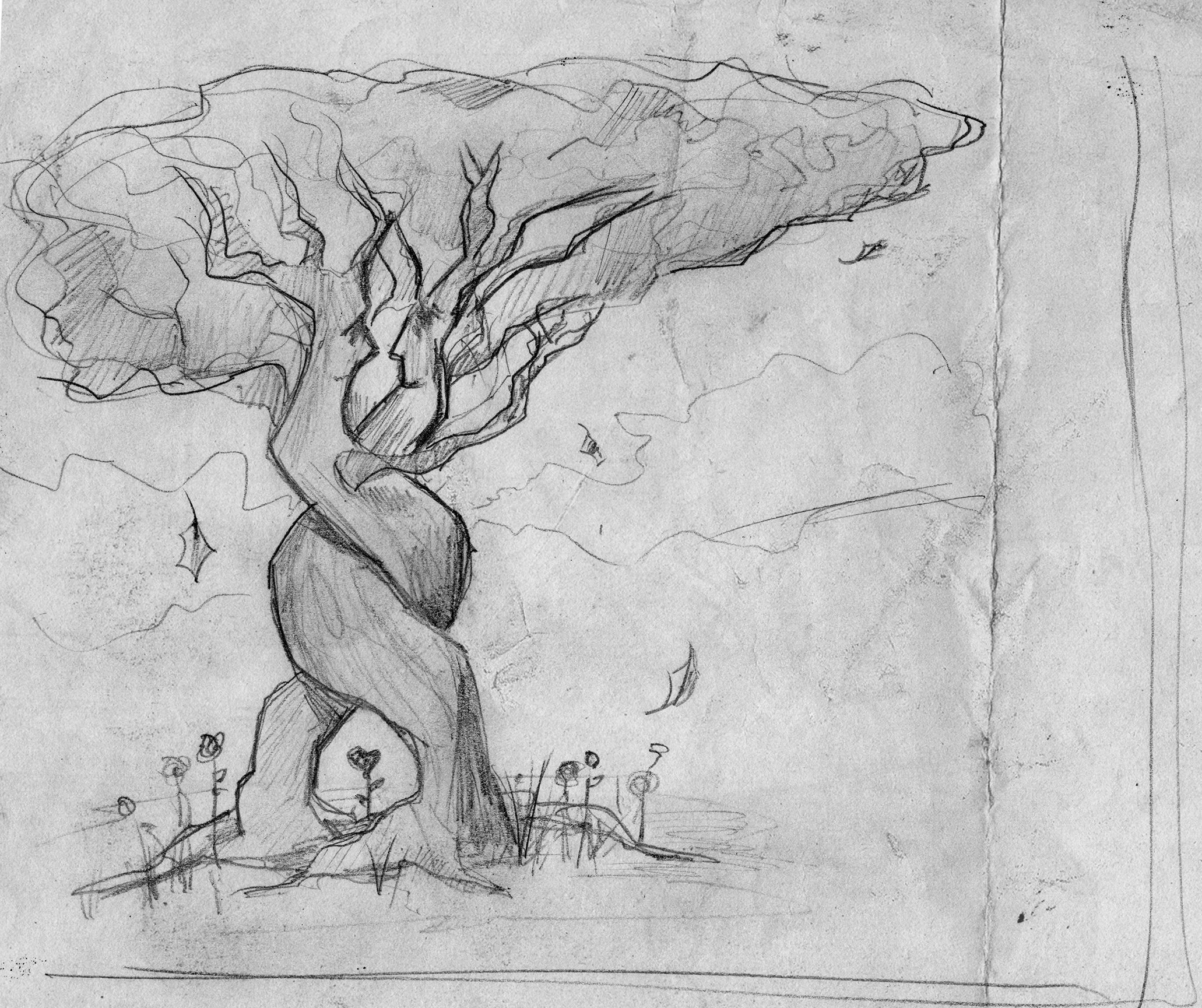Alignments…
Sometimes, in the same way a random glance at something that you’ve seen a thousand times before but never noticed suddenly reveals an exquisite profile or a shadow that vibrates magically on the surface of the snow, you discover that two things that, by rights should have nothing to do with one another are, in fact, aligned in surprising and deeply satisfying ways.
Each of the 55 cities in Italo Calvino’s “Invisible Cities” is named after a woman from myth and legend. In the case of city at the heart of our story, Baucis is named for the woman in the Greek myth of Baucis and Philemon, an elderly married couple in a small village. One day, Zeus and Hermes decide to visit the village in the guise of ordinary peasants, to test the moral fiber of the townspeople, and as they moves through the village they are reviled by all they meet, with the exception of Baucis and Philemon, who greet them with kindness, take them into their home and feed them. For their actions, Zeus not only spares them from the full brunt of his retribution - he smites the rest of the people in the village with a flood for their lack of human kindness, as is his wont - but causes their modest home to be transformed into a temple to himself and grants their wish to tend to it for the rest of their days. After long and happy years serving in the temple, they reach the end of their natural lives, dying together (again at their request) , and, in tribute to their service, Zeus transforms them into trees - an Oak and a Linden - intertwined together, each providing support and succor to the other.
Our story was already written, complete with its themes of child-led, independent play, learning through doing, and the fundamental richness of the internal lives of children, and we had been exploring the ways in which its world view paralleled that of the Reggio Approach to Early Childhood Education, when I came across an analytical essay about “Invisible Cities” that made the connection between the names of the cities and the women of myth and legend. Curious, I looked up Baucis and discovered her story.
I love the image of the intertwined trees as a metaphor for the relationship between child and adult in the Reggio Approach. In a completely organic and (seemingly) effortless way, the role of the adult is to enable the children to deepen their understanding of the world around them, seamlessly and invisibly scaffolding the interests of the children, propping them up, and subtly directing them toward new and deeper knowledge and thought. Meanwhile, the children provide an abundance of clarity, perception, and perspective, with extraordinary insights and profound observations, enriching the lived experience of the adults, even as they benefit from their help, guidance and support.
